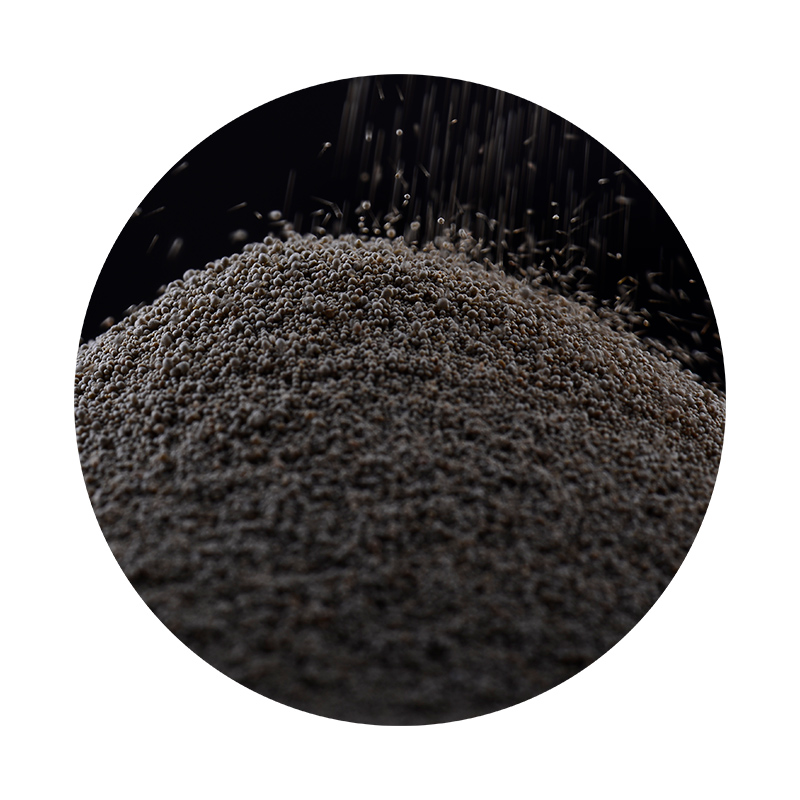Sand Casting Foundry Process An Overview
Sand casting, one of the oldest and most versatile manufacturing processes, has been utilized for centuries to produce metal components by pouring molten metal into a sand mold. This method is characterized by its simplicity, durability, and ability to create complex geometries. In this article, we will take a closer look at the sand casting foundry process, its advantages, applications, and key considerations.
The Sand Casting Process
The sand casting process comprises several steps, starting from the design of the pattern to the final finishing of the cast product.
1. Pattern Making The first step in the sand casting process is the creation of a pattern. The pattern is typically made of materials such as wood, metal, or plastic and is a replica of the final product. It is crucial to factor in shrinkage and the surface finish during this stage, as the pattern will be used to create the mold.
2. Mold Creation Once the pattern is ready, the next step involves creating the mold. A mixture of sand and a binding agent is packed around the pattern, forming the mold cavity. The sand is usually fine and allows for intricate details to be captured. The mold is then split into two halves (the cope and drag) for easy removal of the pattern.
3. Coring If the finished product requires hollow sections, core pieces made of sand and a binder are added to the mold. Cores are essential for producing internal shapes and cavities.
4. Melting The metal to be cast is melted in a furnace. Common metals used in sand casting include aluminum, iron, and bronze. The choice of metal depends on the desired characteristics of the final component, such as strength, weight, and corrosion resistance.
5. Pouring After melting, the molten metal is poured into the prepared mold cavity. Care must be taken to ensure a continuous flow, preventing the formation of defects such as air pockets or inclusions.
6. Cooling Once the mold is filled, the molten metal is left to cool and solidify. The cooling time varies depending on the size and thickness of the cast part.
7. Mold Removal After cooling, the mold is broken apart to reveal the cast component. This step can involve shaking out the sand or using mechanical methods.
8. Finishing The final step involves cleaning the cast part, which may include removing any excess material, sanding, or machining to achieve the required dimensions and surface finish.
Advantages of Sand Casting
sand casting foundry process

Sand casting presents several advantages that make it a preferred choice in various industries
- Cost-Effectiveness The materials used in sand casting, especially the sand itself, are relatively inexpensive
. This makes the process cost-effective for low to medium production quantities.- Design Flexibility Sand casting allows for intricate designs and complex geometries that would be difficult or impossible to achieve with other manufacturing techniques.
- Material Versatility A wide range of metals can be utilized in sand casting, providing flexibility in choosing materials based on desired mechanical properties.
- Scalability The process can be adapted for small-scale operations as well as for larger production runs, making it suitable for both prototyping and mass production.
Applications of Sand Casting
The applications of sand casting are vast and span numerous industries, including
- Automotive Industry Engine blocks, cylinder heads, and various components are commonly produced using sand casting due to the ability to create complex shapes.
- Aerospace Industry Parts requiring specific strength-to-weight ratios, such as brackets and housings, often utilize sand casting for their production.
- Art and Sculpture The artistic community often employs sand casting to create unique and custom metal sculptures.
- Construction Many building elements, such as iron supports and decorative pieces, are manufactured using this process.
Conclusion
In summary, the sand casting foundry process is a crucial manufacturing technique known for its cost-effectiveness, design flexibility, and material versatility. Its application across various industries demonstrates its importance in modern manufacturing. As technology advances, the sand casting process continues to evolve, enhancing its efficiency and capabilities, ensuring it remains a relevant method in the world of metal casting. Whether for practical components or artistic creations, sand casting offers a reliable solution for diverse casting needs.
Post time:Septemba . 28, 2024 21:41
Next:Innovative Techniques and Applications in Iron Sand Casting for Modern Manufacturing
